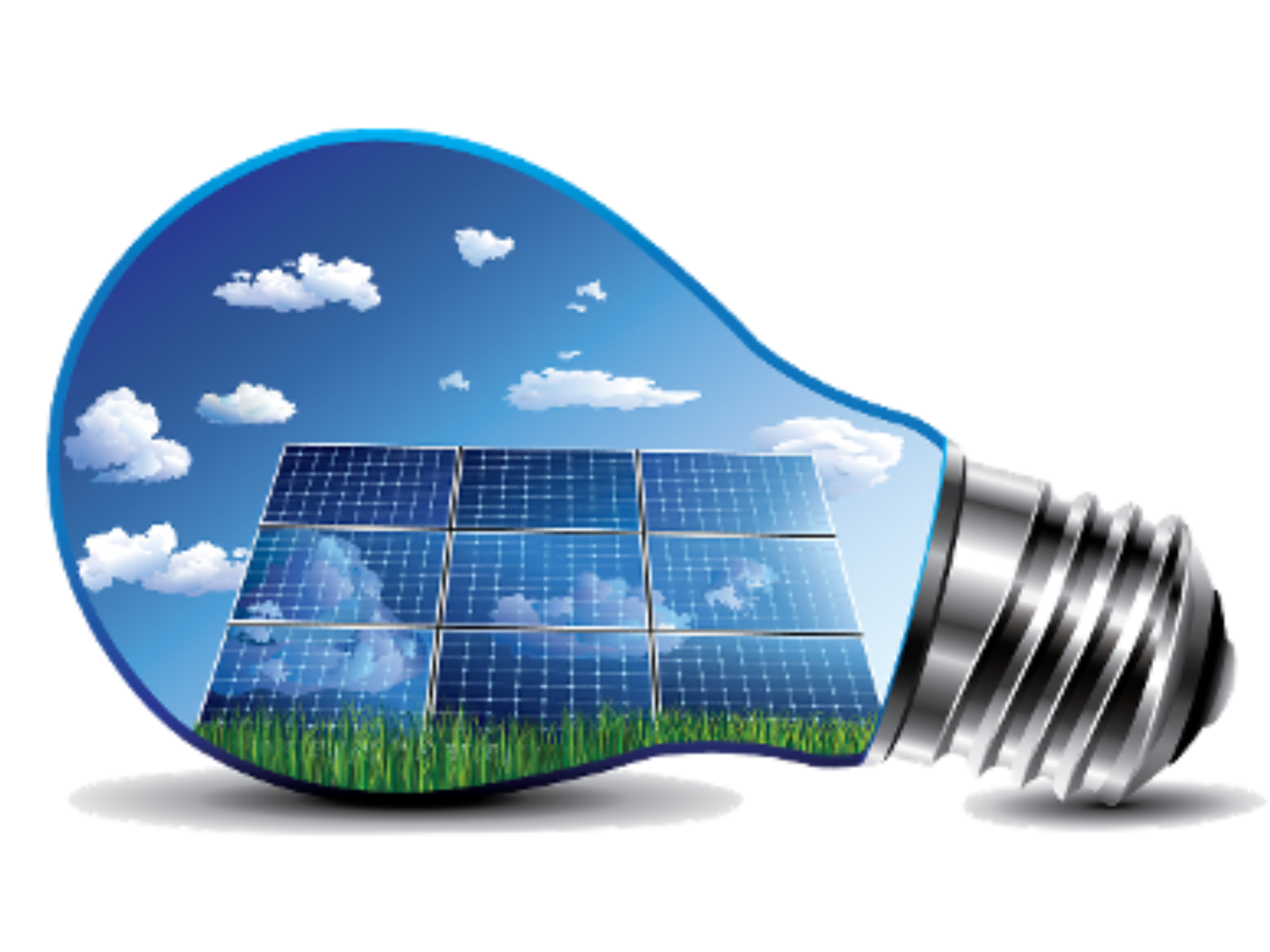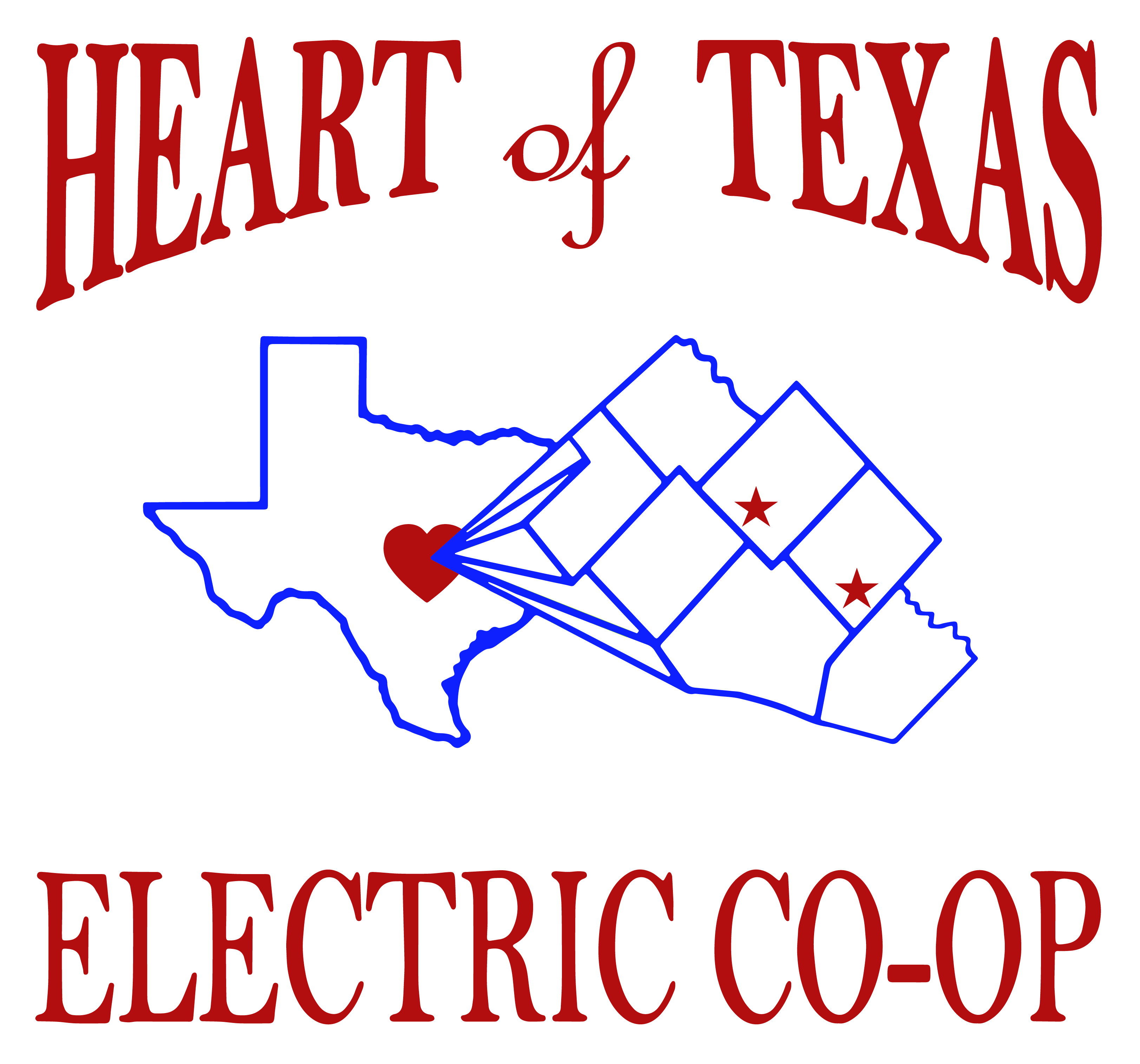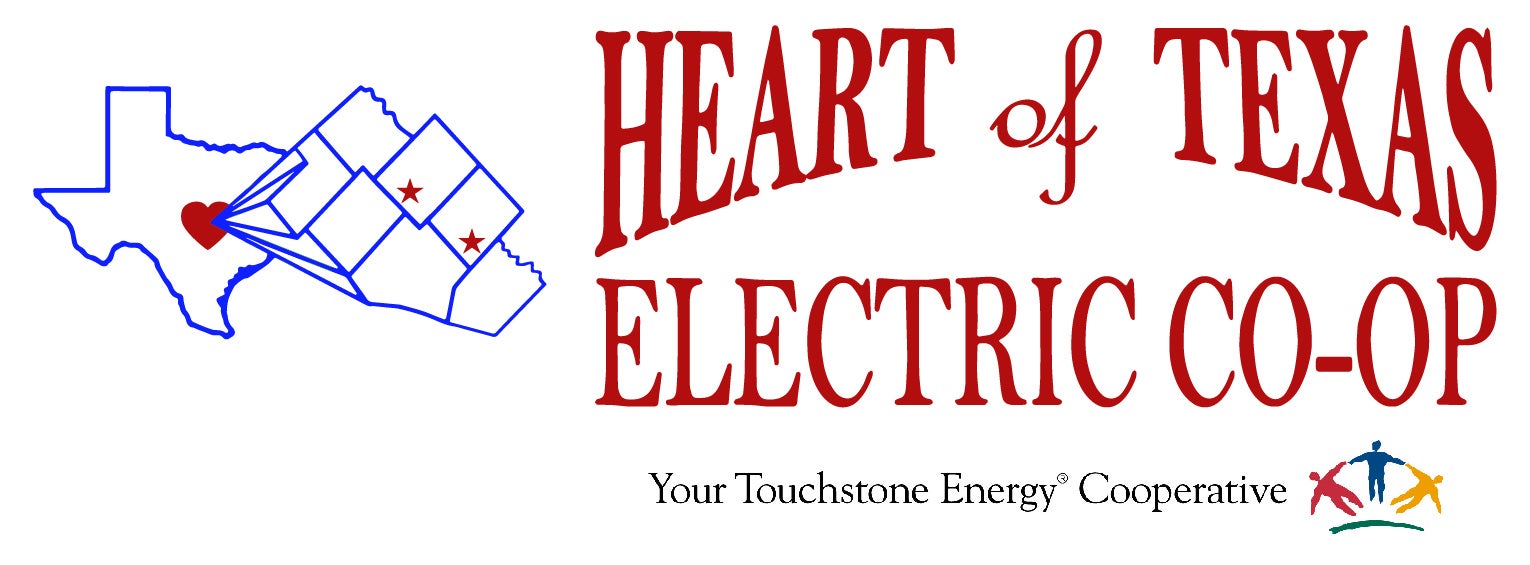We know interest is growing and, with you, the member, always in mind. We are excited to explore the possibilities and options available to you. As part of this commitment, Heart of Texas Electric Cooperative is now a certified Generac dealer and is offering turn-key generator installations.
Ask before you invest because we are all in this together.


First thing, give us a call to discuss your plans before you enter into any legal agreements. We want to ensure you understand how your home will generate energy based on your usage
It's your responsibility to be in the know about your project and ours to help you get there. Take this time to become familiar with the procedures required by Heart of Texas Electric Cooperative.
After reading our policies, procedures and contacting us, please fill out our application and return a one-line diagram of the proposed solar installation.
Next, complete our interconnection agreement and return it along with any and all required insurance information.
Once you've sent in all the required paperwork, just sit tight while your solar installer gets everything set up. If you have any questions while you're waiting, don't hesitate to get in touch with us. We're here to help!
Note: Work not completed within a 180-day period will result in a voided application.
Before energizing and connecting your new solar system with your HOTEC service, contact us to schedule an inspection. Reach out via phone to 254-840-5136 or via email solar@hotec.coop.
Note: $250 Inspection & Interconnection Charge must be paid prior to scheduling inspection.
You ever wonder what solar power is, how it works and what it's made up of? We're glad you asked!
Solar power is the ability to convert energy from the sun into usable electricity. Sunlight is either directly harnessed as thermal energy (heat) or through the use of photovoltaic cells in solar panels and transparent photovoltaic glass.
Solar-electric or photovoltaics (PV) technology converts sunlight directly into electricity. PV can provide electricity for residential and commercial buildings, including power for security lights and air conditioning. It can also produce power for pumping water, electrifying fences, or aerating ponds.
Pretty cool, huh?
Solar Panel Key Components
- Encapsulant / Back Sheet
- Solar Cell
- Busbar
- Cross-connector
- Frame
What role do these components play?
- The Encapsulation / Back Sheet provides a layer of protection for the solar cells from the environment and provides electrical insulation.
- The Frame is typically made up of aluminum and is necessary to provide structural stability and for mounting the panels.
- The Solar Cells are connected in series via Busbars and Cross-Connectors.
The primary difference across solar panels is the types of solar cells they utilize. A solar panel is broken into two cell types: monocrystalline and polycrystalline.
Monocrystalline solar panels
These made with silicon wafers cut from a single crystal. Hence the name “monocrystalline.” For the most part, monocrystalline panels are capable of a higher efficiency compared to polycrystalline panels because they typically use a higher grade of silicon.
Polycrystalline solar panels
Like Monocrystalline Solar Panels, Polycrystalline solar panel are also made from silicon. The primary difference is that Polycrystalline solar cells are made by melting together many fragments of silicon rather than from a single silicon crystal. While polycrystalline solar panels are typically less efficient than their monocrystalline counterparts, they often have a lower price point.
SOURCE: FOR ME SOLAR
There are other essential parts to a solar energy system apart from the panels themselves. To produce your own power, and gain independence from your utility company, you need a complete solar power system. The essential components:
- Solar panels, to capture energy from the sun
- An inverter, to convert that energy to a form that can power our devices
- Racking, the foundation on which you attach your system
SOURCE: FOR ME SOLAR
Solar Power Farm
Heart of Texas Electric Cooperative’s 1-megawatt solar farm in McGregor has been producing renewable energy since it went online in late December 2020. The 2,500-panel farm is located next to the McGregor office at 1111 S. Johnson Drive.
Did you know you can see what the production is of our 1-megawatt solar farm? Follow the link below to see how our solar farm is making a difference!

